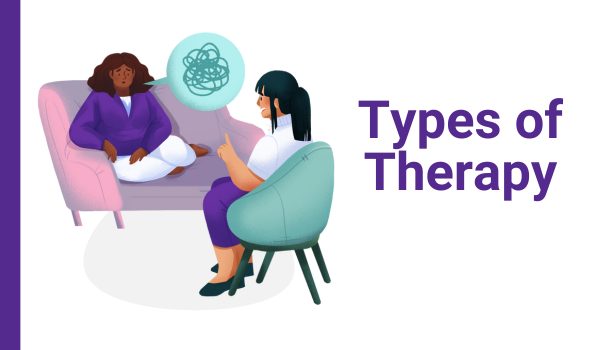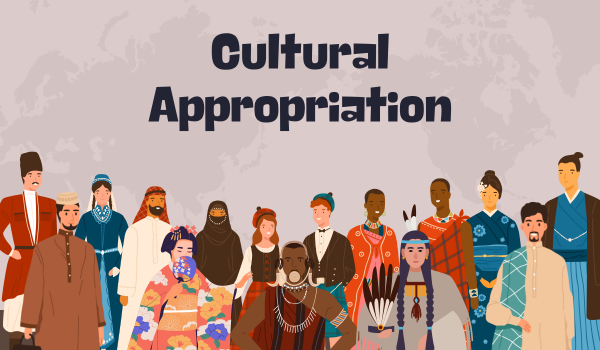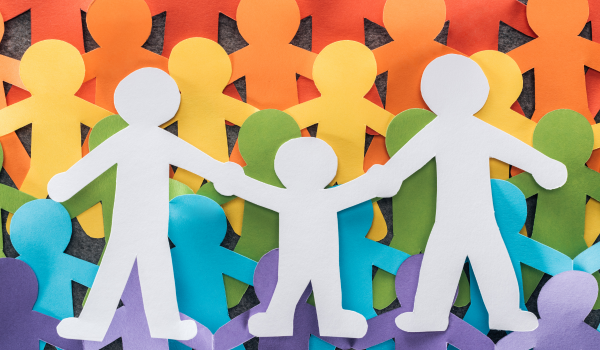Examples of Institutional Racism: What It Is and How to Address It

What Is Institutional Racism?
Institutional racism—also called systemic racism—is embedded in the structures and policies of society.
Unlike interpersonal racism, which is based on individual bias, institutional racism is rooted in power systems built on White privilege, creating unequal outcomes in areas like healthcare, housing, education, employment, and law enforcement.
While legal segregation and Jim Crow laws openly enforced racial discrimination in the past, today's institutional racism often appears more subtly but remains deeply damaging.
For example, practices like declaring natural Black hairstyles "unprofessional" historically limited employment opportunities for Black individuals, even today despite laws like the CROWN Act of 2020.
Where Institutional Racism Exists
Institutional racism is widespread across different sectors of American life:
Education
School funding often depends on local property taxes, which are lower in predominantly Black neighborhoods due to historical segregation. As a result, predominantly Black schools are underfunded, leading to poorer academic outcomes compared to predominantly White schools.
Healthcare
Black communities often have limited access to well-funded healthcare facilities. Black women are nearly four times more likely to experience pregnancy-related deaths compared to White women, and racial biases among healthcare providers contribute to these disparities.
The COVID-19 pandemic further highlighted healthcare inequities affecting minority groups.
Housing
Historic practices like redlining—where banks denied loans to people in communities of color—still impact Black homeownership rates today.
Poor housing conditions contribute to physical and mental health issues such as asthma, obesity, and depression, especially among children and the elderly.
Law and Policing
Black Americans are disproportionately stopped by police and are more likely to experience police brutality, resulting in increased stress, injury, and even death.
Finance
Discrimination in banking and lending practices means Black individuals often face higher loan standards or pay more for car loans than less-qualified White borrowers.
Politics
Tactics like voter suppression and racial gerrymandering dilute the political power of minority communities. For example, during the 2020 election, Black voters in North Carolina had their ballots rejected at three times the rate of White voters.
How To Be an Ally
Fighting institutional racism requires more than awareness—it demands action.
Here’s how you can help:
-
Educate yourself: Don’t rely on a single story. Listen to multiple Black voices and perspectives.
-
Get involved: Attend town halls, school board meetings, and community discussions focused on systemic change.
-
Speak up: Whether it’s suggesting policy changes or addressing biased behavior, use your voice.
-
Accept discomfort: Real change requires soul-searching and confronting uncomfortable truths about privilege and bias.
As mental health expert La Shawn Paul notes, “To solve a problem, we first have to acknowledge it. Silence equals complacency.”
A Quick Review
Institutional racism continues to impact nearly every aspect of life for people of color, from education and healthcare to policing and housing.
Though it’s less visible than in previous generations, its effects are profound. Combating systemic racism requires raising awareness, pushing for policy changes, and committing to ongoing action toward a more equitable society.

















.webp)
.webp)
.webp)



